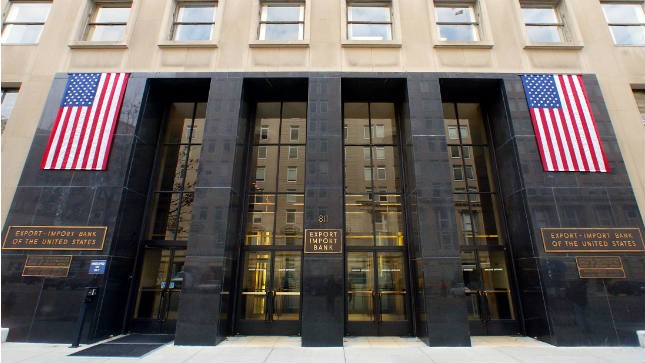Apparently, without any public discussion, the City of Coos Bay plans to vote on a resolution banning the use of wind power conversion systems within city limits tonight.

The analysis and resolution are hereCoos Bay Wind Resolution. The analysis is not what you would call very analytical and is comprised primarily of general guidelines from ODOE’s website. Other communities were contacted to ask how they handle wind energy to mixed effect leading the author of the analysis to suggest taking a wait and see approach to urban turbines.

The last point is so very typical of Coos County as a whole. Why be an innovator or take the lead in anything when it is so much easier to be a follower and wait and see what other cities do? Nowhere in the analysis is there mention of having spoken to anyone in the industry for qualified answers to the questions raised about citing wind in commercial, industrial or residential areas.
So while the city has taken a neutral position on siting an LNG terminal and building a 36″ gas pipeline why, all of a sudden do they have a fire burning to ban wind? Any ideas, anyone?
Recently, I read the SCDC submission to the AIA Sustainable Design Assessment Team (SDAT) committee which seeks to…
provide a road map for communities seeking to improve their sustainability—as defined by a community’s ability to meet the needs of today without reducing the ability of future generations to meet their needs [emphasis mine]
The submission gives a pretty clear picture of who SCDC blames for the County’s economic woes these last thirty years.
From its founding, Coos County grew and prospered through its natural resources and the timber, agriculture, milling, shipping and commercial fishing industries. But the 1970’s saw the beginnings of these industries’ ebb. The environmental movement, the spotted owl controversy, government regulations and technological advances in production [emphasis mine] saw a gradual but unstoppable decline in timber harvest, lumber mills, shipping and commercial fishing. The area slumped into major economic hard times. Today, Oregon is second in the nation in unemployment, due in large part to this region, with an unemployment rate of 15%.
The ‘technological advances in production’ must mean ‘cheaper labor in China’. As to the environmentalists and the regulators, unfortunately they weren’t here to stop Weyerhauser from choosing profits over stewardship of the local resources. Nor were they here to stop Weyerhauser from leaving when it became more profitable to move on.
For a reference I read two of the other submissions, Bridgport, CT and Allentown, PA and it was noticeable the authors didn’t seek to place blame or, more accurately, pass the buck. Truly, it is a feather in the cap of SCDC to have submitted an application and I am pleased they did so and more pleased the area was chosen. Kudos!
There are some seeming omissions from the application, however, that make these closing statements in the introduction letter below not quite accurate.
Our clearly-defined objective, identified as the key issue in each of the three aforementioned meetings, is that our citizens will be able to look forward to — and believe in – a sustainable future, through a vision created together.
Namely, while the Port and its future railroad, Jordan Cove and its LNG and ORC and its strip mining, The Mill Casino and its gambling are listed as bright possibilities for the future of Coos Bay there is no mention of any real sustainable industries. (The opposition to the LNG is given passing mention and attributed to retirees that don’t like change). There appears to be no input from any environmentalists or proponents of sustainable industry in the application at all.
Also receiving glowing mention are SCDC members Bandon Dunes and The World with nary a word about The Sentinel or The Bandon Western World (unless you count it as The World).
In Joseph Tainter’s, ‘The Collapse of Complex Societies’, it is pointed out again and again from the collapse of the Romans, the Mayans to the Chacoans that resource depletion is not the cause of collapse in complex systems. Rather it is the leaders of these societies inability to adapt to resource depletion and changing conditions that brings about economic and societal failure.
Coos County is a glowing empirical example of the truth of Tainter’s conclusions. Nothing could punctuate the reason for 15% unemployment and empty storefronts more than the City of Coos Bay’s inability to adapt to a changing environmental and economic landscape than this proposed resolution to ban wind energy until another city models for them what to do!
Coos County has no leadership. The county and its cities are governed by followship and the economic depression that has prevailed these last 30 years will continue unless as Thomas Homer-Dixon hypothesizes in ‘The Upside of Down: Catastrophe, Creativity and the Renewal of Civilization” the local electorate are finally catalyzed to do something about it and stop repeating the same tired old schemes and try something new




